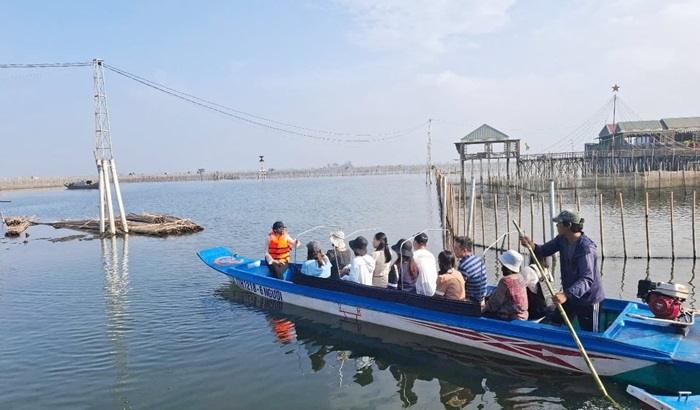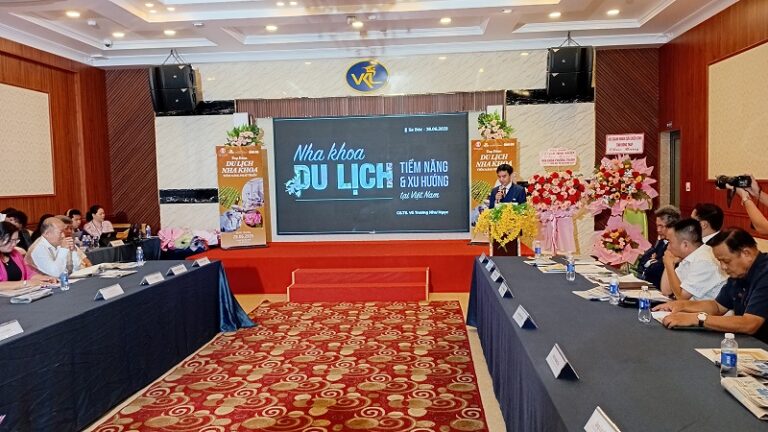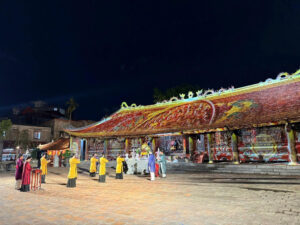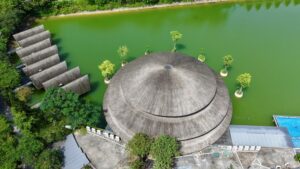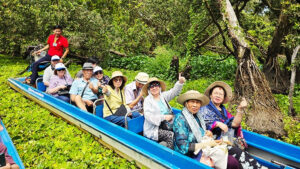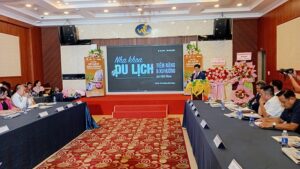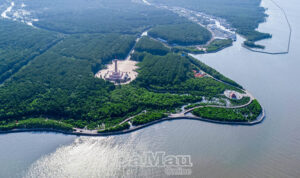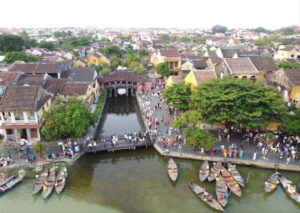Every river in inner Ha Noi is heavily polluted and a major health risk, according to the latest report by the Ministry of Natural Resources and Environment.
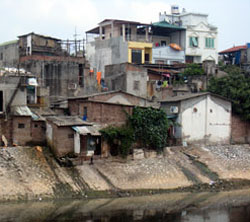 The ministry said the Nhue-Day River was the most severely contaminated, closely followed by the To Lich River.
The ministry said the Nhue-Day River was the most severely contaminated, closely followed by the To Lich River.
The report stated that most inner city rivers were contaminated with harmful bacteria at levels three – to five-times that which is considered acceptable. It said untreated sewage was being discharged into the city’s rivers at volumes that were hundreds of times higher than permitted.
Furthermore, the To Lich River in Ha Tay Province (which is now part of the enlarged capital) was contaminated with heavy metals that are toxic to humans, fish and animals.
As well as the To Lich, the Kim Nguu, the Lu and the Set rivers were also contaminated with heavy metals, the report said, adding that pollution levels were highest in the dry season when contaminants become more concentrated.
Inspections found that the concentration of dissolved oxygen (DO) in river water in the city was low, and that in the To Lich River DO levels were two – to three-times lower than permitted levels. It also found that COD (Chemical Oxygen Demand – the amount of oxygen consumed in water) and BOD (Biological Oxygen Demand – used to measure the amount of oxygen consumed by microbial oxidation, and which is best used to gauge water quality in rivers and lakes rich in organic matter) exceeds acceptable levels by seven times.
The study also found that contamination with coliform bacteria – which normally lives in the colons of humans and animals and is a major source of food poisoning – is several times higher than permitted levels.
Officials also reported that inner city rivers were black with scum and sludge, were foul smelling and incapable of supporting life.
According to the Environment Protection Department, the main cause of river pollution in Ha Noi is untreated sewage, discharge from industrial plants and run-off from farmland.
The department estimates that around 100,000 cu.m of raw sewage pours into the Nhue-Day River daily.
Furthermore, environmental experts said pollution levels in 2010 would be double those of 2005 due to the enlargement of the city.
Deputy Minister of Natural Resources and Environment Pham Khoi Nguyen has warned that heavy pollution of the Nhue-Day River valley was making the socio-economic development in Ha Noi unsustainable. He said the pollution was not confined to rivers but extended to neighbouring areas as well causing illness and disease and in some cases epidemics.
Wastewater woes
According to the Ha Noi Department of Environmental Protection, there are three types of waste water being discharged into rivers: industrial, household and hospital.
Just one-third of the hundreds of thousand of cu.m of effluent pouring into the capital’s waterways is treated. It said most factories in the city don’t have waste water-treatment facilities and that just half of the 91 hospitals and district-level health centres in Ha Noi detoxified their waste.
Ha Noi currently has four sewage plants with an individual capacity of 48,500 cu.m per day, while the daily output of effluent in the city is 400,000 cu.m.


